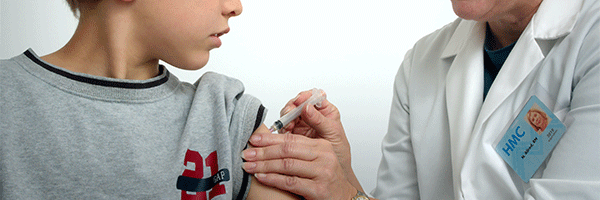Today Delta Variant optimism ruled.
First, investors cheered as the Food & Drug Administration granted full approval to the Pfizer-BioNTech coronavirus vaccine. That status replaces the “emergency use” authorization and it should, the theory goes, lead to a greater uptake of the vaccine as some individuals who had been hesitant to get the jab get vaccinated and as some companies and institutions that had been reluctant to require workers to get an emergency use vaccine decide that they’ve now got the legal cover for a vaccination mandate.
Second, the statistics show that Covid-19 cases are falling in many of the original Delta-variant hot spots in the U.S. The United States is recording more than 1,000 deaths a day, a count that has more than tripled in a month. But in states such as Arkansas and Missouri, where the Delta surge began, the seven-day average of cases is down 12% from the peak, according to U.S. Centers for Disease Control and Prevention data. Florida and Louisiana–states in the second phase of the U.S. Delta wave–are starting to see similar declines. On past history, a earlier surges in cases of infection have peaked after 60 days. In much of the country, the Delta Variant wave turns 60 days old today.
So there’s reason for optimism.
At the close today the Standard & Poor’s 500 was up 0.85% and the Dow Jones Industrial Average climbed by 0.61%. The NASDAQ Composite gained 1.55% and the NASDAQ 100 pushed higher by 1.46%. The small cap Russell 20000 was the big winner for the day, gaining 1.99%. The small cap index has shown a bigger response both up and down to sentiment on the economy. The iShares MSCI Emerging Markets ETF (EEM) closed higher by 1.54%.
But the optimism rests on some questionable assumptions.
The recent surge in infections has come during the summer months when outdoor activity has had the effect of decreasing close social contact and transmissions. We’re now moving into the cooler months of the year when indoor activity is on the rise. In the past that has led to an increase in transmission. Schools have just started to open in many parts of the country. The hyperinfectious Delta Variant could spread quickly again with unvaccinated schoolchildren returning to classes, as the University of Washington’s Institute for Health Metrics and Evaluation warned last week.
And no one can be certain that the move to full approval from emergency use authorization will change the mind of a significant number of people among the vaccine resistance. Some portion of the population that hasn’t been vaccinated seems very dug into their position and it’s not clear to me that the FDA move will change minds among this part of the population about getting the vaccine or about resisting calls and mandates on mask wearing.
These uncertainties wouldn’t be such a big deal if the market hadn’t reacted to today’s optimism by moving to new record highs. And by sending risk measures back down toward the lower end of the recent scale. Today the CBOE S&P 500 Volatility Index (VIX) fell 7.8% to 17.11 as investors and traders decided that they didn’t need to own as many hedges on risk. That keeps the VIX within its recent trading range with a local top of 21.67 on August 19 after tops of 22.50 on July 19, 20.70 on June 18, and 22.18 on May 19. You have to go back to May 12 to see a the VIX trade above that top–at 27.59 on that date–and back to March to see consistent tops above the current range. For example, the VIX hit 28.57 on March 4.


